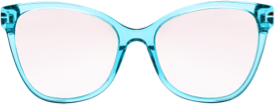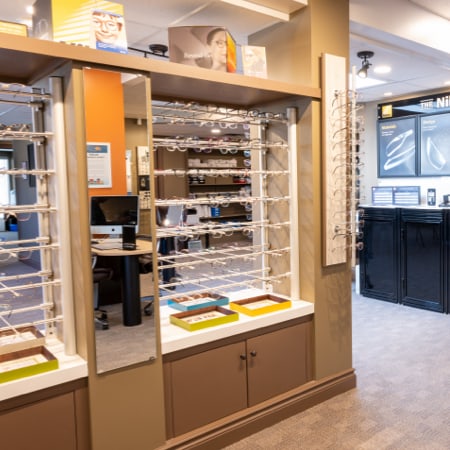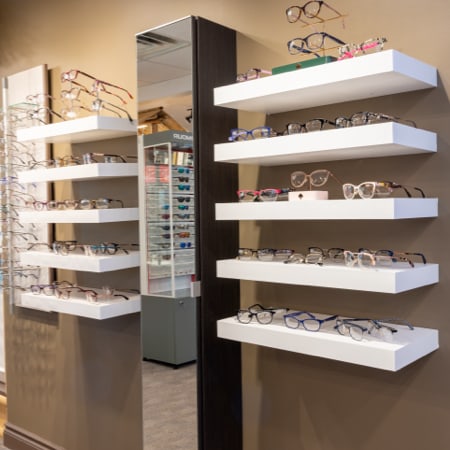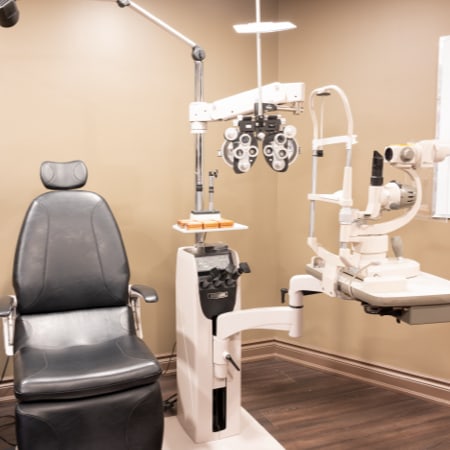Whether you’re working from home, studying online, or just binge-watching your favourite series, screen time is now a huge part of daily life. But with more time in front of digital devices comes an increase in a common—and frustrating—problem: digital eye strain.
If you’ve been experiencing dry eyes, blurry vision, or headaches after long screen sessions, you’re not alone. The good news? In most cases, eye strain is temporary and can fade within a few hours. But when left unaddressed, the discomfort can linger.
What Is Eye Strain?
Eye strain—also known as digital eye strain or computer vision syndrome—is a group of symptoms caused by prolonged visual effort. Most commonly, it’s triggered by:
- Excessive screen time
- Poor lighting conditions
- Glare from digital screens
- Uncorrected vision issues
- Poor posture while using screens
Though not typically harmful long-term, untreated eye strain can affect your comfort, concentration, and productivity.
Common Symptoms of Eye Strain
Signs of eye strain can vary, but they often include:
- Dry or watery eyes
- Blurred or double vision
- Headaches or migraines
- Sensitivity to light
- Difficulty focusing
- Neck, shoulder, or back pain due to poor posture
These symptoms usually subside when you rest your eyes—but not always right away.
How Long Does Eye Strain Last?
For many people, symptoms clear up within a few hours after taking a break from the activity that caused the strain. But for others, especially those with underlying vision issues or poor screen habits, symptoms may persist for days or even weeks. Several factors can influence how long it takes to recover:
1. Amount of Screen Time
The more time you spend on a screen, the more likely your eyes are to become fatigued—and the longer it can take for them to recover.
2. Lighting & Glare
Working in poor lighting or dealing with screen glare can force your eyes to work harder. This not only increases strain but also delays recovery.
3. Break Habits
Following the 20-20-20 rule—every 20 minutes, look at something 20 feet away for 20 seconds—can significantly shorten recovery time by giving your eyes regular rest.
4. Vision Problems
Conditions like myopia (nearsightedness), hyperopia (farsightedness), or astigmatism can make eye strain worse. If your prescription is outdated or incorrect, your eyes may struggle to focus, extending symptoms.
5. General Health
Poor sleep, dehydration, and overall fatigue can make your eyes more sensitive to strain and slow their recovery. Staying well-rested and hydrated can help your eyes bounce back faster.
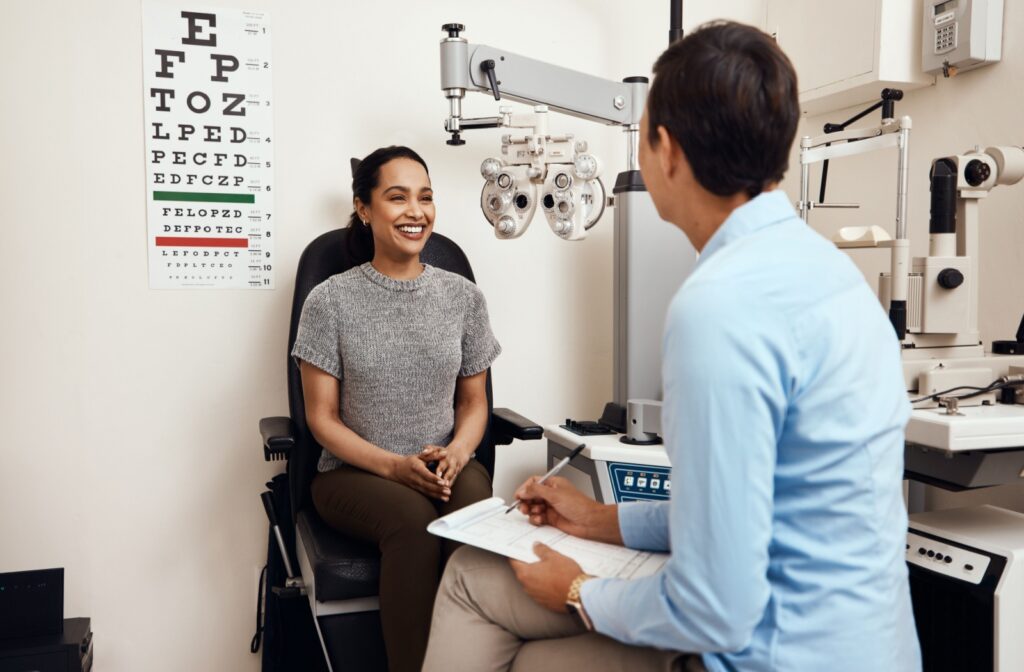
Preventing Eye Strain
Prevention is key. Here are some simple, effective ways to reduce your risk of digital eye strain:
- Check your lighting: Use soft, ambient light to reduce screen glare. Avoid sitting with a bright window or light source directly behind or in front of your screen.
- Adjust screen settings: Reduce screen brightness, increase text size, and consider using dark mode or a blue light filter.
- Keep your screen at the right distance: Position your monitor about 50–60 cm (20–24 inches) from your eyes. The top of the screen should be at or just below eye level.
- Blink more often: Blinking helps lubricate your eyes, but screen use can reduce blink rate. Remind yourself to blink or use lubricating eye drops if needed.
- Take regular breaks: Set a timer if necessary to remind yourself to look away from your screen. Stretch or take a short walk to give both your eyes and body a break.
- Use blue-light-blocking lenses: Especially if you’re working late into the evening, these lenses can reduce the impact of high-energy blue light and support your natural sleep-wake cycle.
What Is Neurolens & How Can It Help?
If you experience frequent eye strain, headaches, or neck tension—even after making changes—your symptoms may be linked to a subtle eye misalignment. In these cases, Neurolens could offer relief.
Neurolens glasses feature contoured prism technology, which gently aligns the eyes to reduce strain on the muscles that help you focus. Unlike traditional prescription lenses, Neurolens provides consistent correction across all distances, making it ideal for anyone who spends significant time on screens.
When to See an Eye Doctor
While occasional eye strain is common, recurring or persistent symptoms should be taken seriously. It’s time to seek professional help if you:
- Experience symptoms lasting more than a week
- Have frequent or severe headaches
- Notice ongoing blurry or double vision
- Feel significant eye pain or irritation
- Struggle to focus despite corrective lenses
A comprehensive eye exam can help identify underlying issues and determine whether options like updated prescriptions or lifestyle changes can help.
Protect Your Eyes Today—They’ll Thank You Tomorrow
Your eyes work hard every day—especially in our digital-first world. Understanding how to manage screen time, improve your workspace, and support your overall eye health can help you stay comfortable and focused. Our team at Orillia Optometry is here to help. Contact us today to book an eye exam and learn how we can support your vision and comfort in the digital age.




